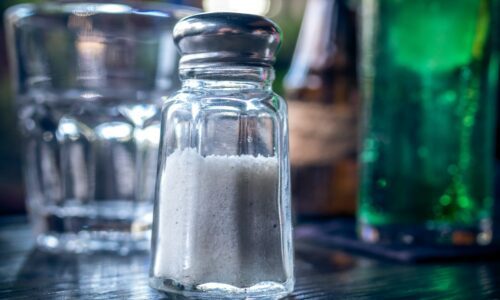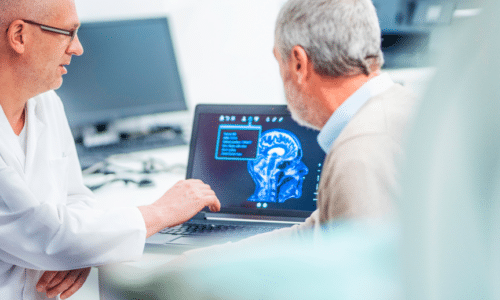Types of Pain After Stroke: Understanding and Management |

After a stroke, patients may experience different types of pain. Dr. Lucinda Adriana Arenas, Physical Medicine and Rehabilitation Physician with Baptist Health South Florida, explains that there are generally three types of pain: spasticity type of pain, musculoskeletal pain, and central neuropathic pain.
The first type of pain is spasticity type of pain. Patients who experience spasticity can develop painful cramps and spasms, usually at night. This is a very frequent type of pain after a stroke. Unmanaged spasticity can be treated with muscle relaxants, therapy, and other treatments to alleviate painful cramps or spasms.
The second type of pain is musculoskeletal pain. Patients with an affected arm, usually the shoulder, can experience pain due to imbalance in the muscles. Some muscles are tight, while others are weak, causing shoulder pain. Patients can also experience pain in more than one area, and physical therapy is a key part of the treatment. Sometimes, cortisone shots to the joints or medication with analgesics can be used to alleviate the pain.
The third type of pain is central neuropathic pain, which is more common than the other two types. This type of pain is neuropathic in nature because the pain centers in the brain and the spine are disconnected from other centers. Patients may experience this type of pain as well, which can be difficult to manage.
Understanding the different types of pain that can occur after a stroke is crucial for effective pain management. Pain can have a significant impact on a patient’s quality of life, and managing it is an important aspect of post-stroke care. Working with healthcare professionals, such as physical therapists and pain management specialists, can help stroke survivors find effective treatments to alleviate their pain and improve their overall recovery.








